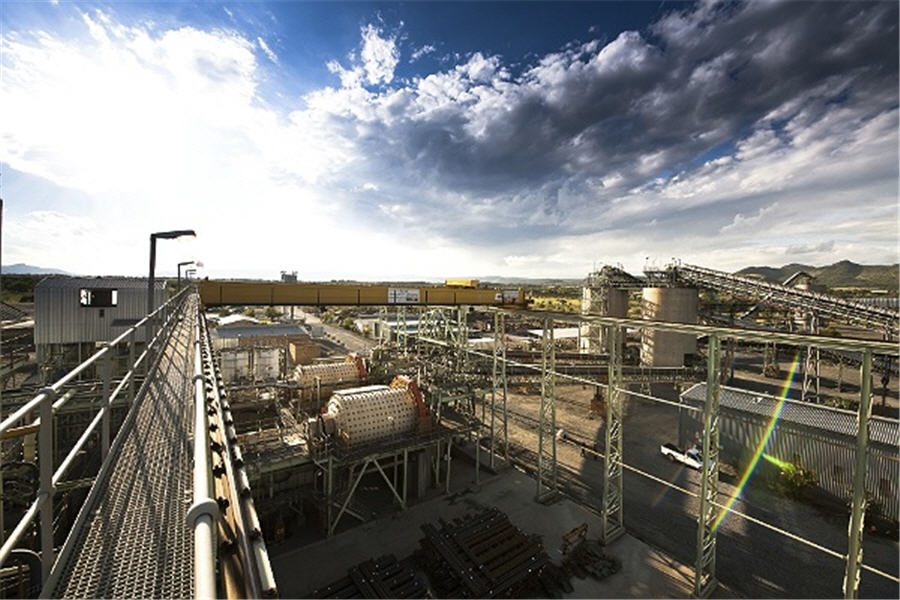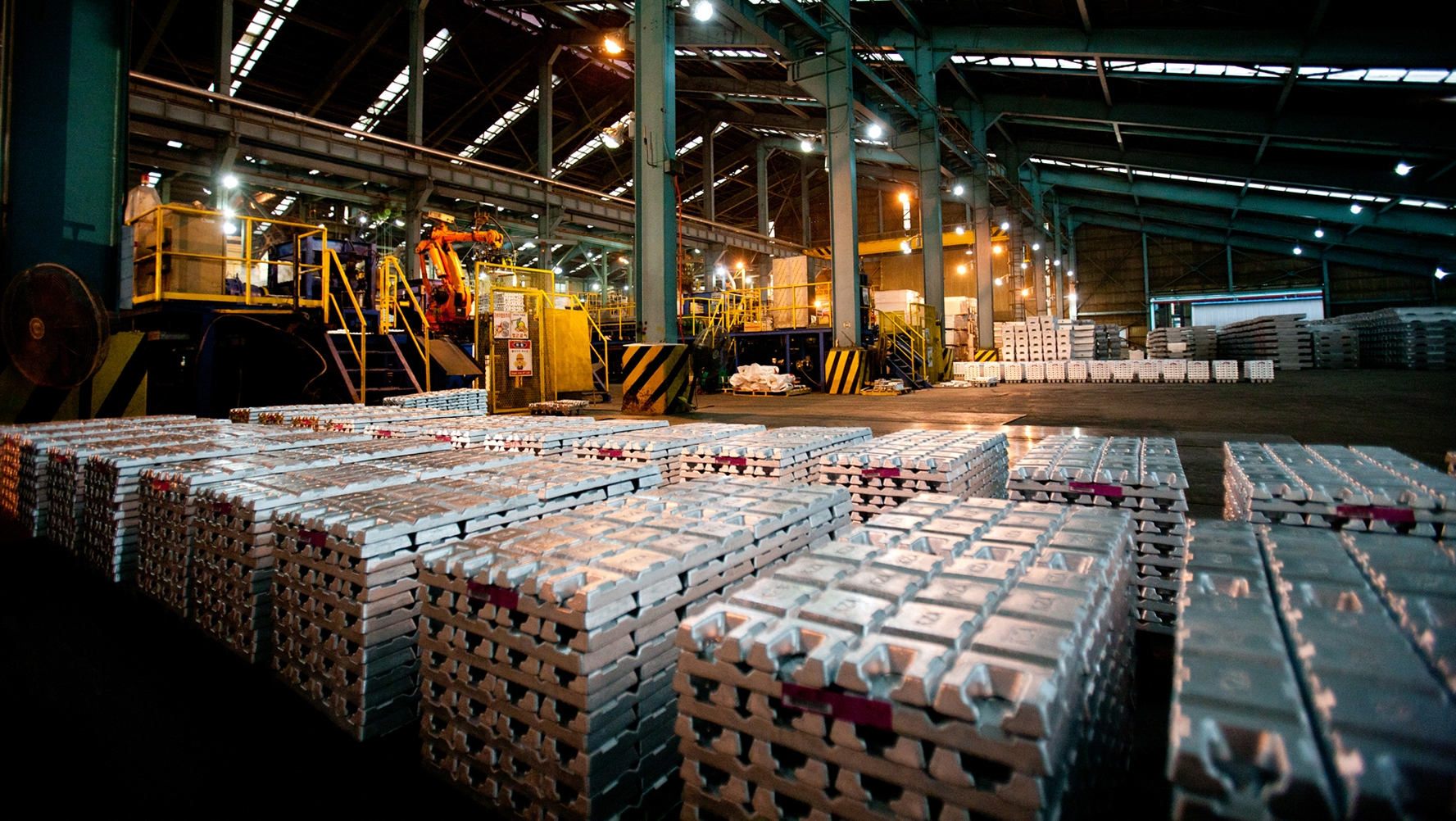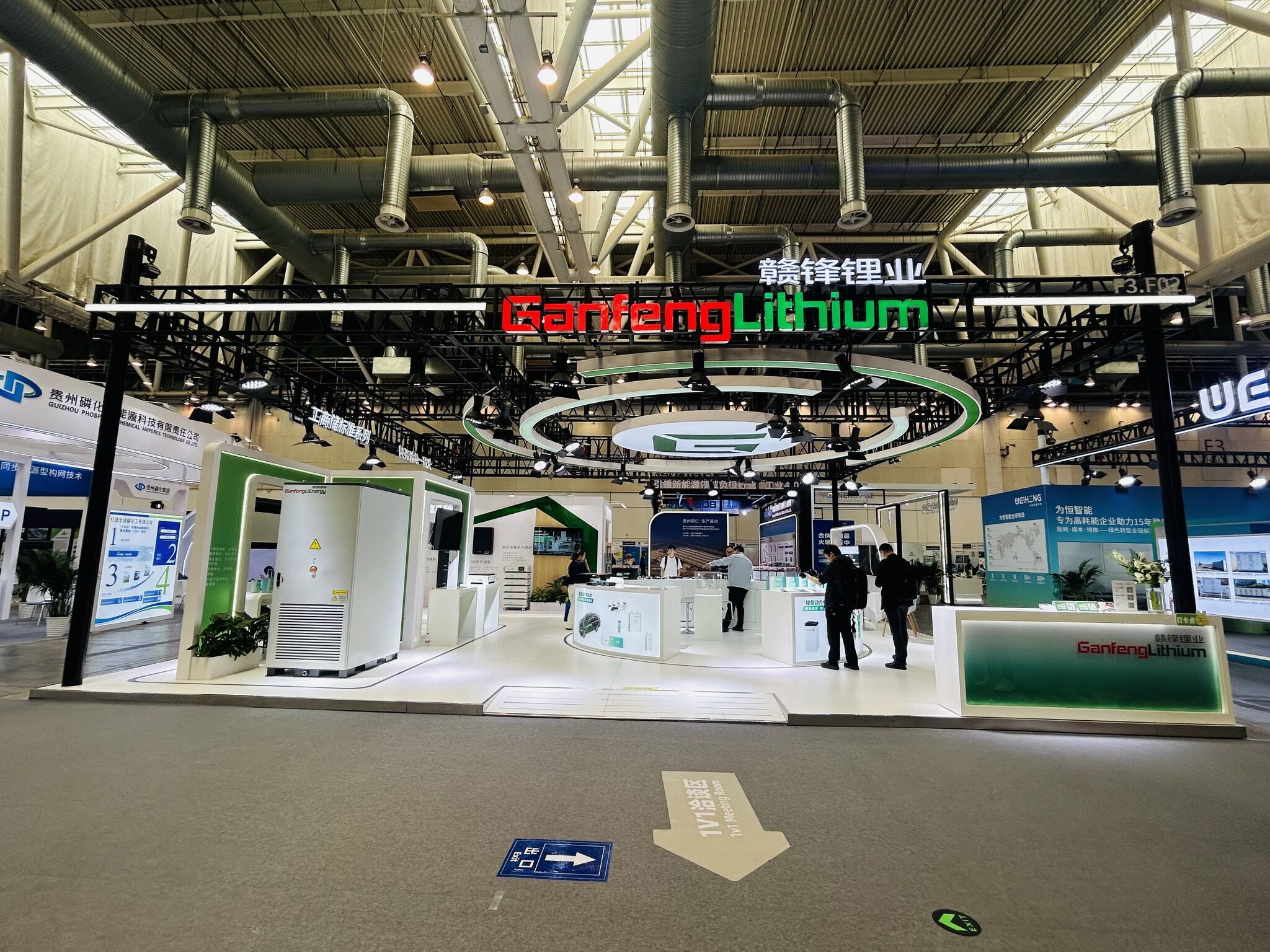South Africa’s Sibanye-Stillwater to be No. 2 platinum miner with Lonmin buy

LONDON/JOHANNESBURG, Dec 14 (Reuters) – South Africa’s Sibanye-Stillwater agreed to buy troubled miner Lonmin for about 285 million pounds ($382 million) to create the world’s No. 2 platinum producer in a bid to ride out depressed prices for the metal.
Sibanye, whose CEO is called “Mr Fix It” for turning his firm from a spin-off with three old mines into a global precious metals player, said it would cut a third of Lonmin’s employees and deliver savings of about $112 million a year by 2021.
Lonmin, the world’s third biggest platinum producer, has burned through $1.6 billion in cash which was raised from investors since platinum prices plunged 60 percent from their peak in 2008. But it has still struggled to fund its mines.
Lonmin, with a century of history working in southern Africa, has lost 98 percent of its value since 2012, when 34 striking miners at its Marikana operation were killed by police.
“This is a bailout deal for Lonmin,” Nedbank precious metals analyst Leon Esterhuizen said. “It makes for a good match, but it doesn’t resolve oversupply of the PGM (platinum group metals) industry.”
Lonmin’s shares ended 20 percent higher on news of the deal, while Sibanye-Stillwater, which will also become the world’s second biggest palladium producer, closed down 7 percent in Johannesburg.
Platinum has tumbled in value because of bloated supply and falling demand from the automotive industry, where the metal is used in technology to cut vehicle emissions.
“The flexibility inherent in the larger regional PGM footprint will create a more robust business, better able to withstand volatile PGM prices and exchange rates,” Sibanye Chief Executive Neal Froneman said in a statement.
Sibanye outlined plans to cut 12,600 of Lonmin’s 33,000 jobs over three years, with a further 890 positions at risk, helping yield annual savings of 1.5 billion rand ($112 million) by 2021. A presentation on its plans said the measures aimed to cope with platinum prices that were “lower for longer”.
“Doubtless welcome news to long suffering Lonmin shareholders averting the need to dig into their pockets once again to refinance the company in its regular three to four year refinancing cycle,” said Marc Elliott, analyst at Investec bank.
He said Sibanye management could get the most value from Lonmin’s smelting and refining assets and could also be betting on a rebound in the price of platinum group metals.
“Critical” jobs
Froneman also cut jobs and costs after Sibanye was spun off from Gold Fields in 2013, a task that is particularly fraught in South Africa where unemployment runs at 27 percent.
South African Mining Minister Mosebenzi Zwane said in a statement that “the creation and retention of jobs in this sector is a critical part” of ensuring stability.
Lonmin’s main labour union, AMCU, said it would consider mass action to oppose the Sibanye and Lonmin deal. AMCU led a record five-month strike at Lonmin and its peers in 2014.
Under its bid, Sibanye will offer 0.967 new Sibanye-Stillwater shares for each Lonmin share, giving Lonmin shareholders about 11.3 percent of the enlarged group.
Under the deal, Lonmin would put all of its older mines on care and maintenance, which means operations stop but they are kept in a condition to resume in future.
“While in some way I am sad, I am sure as hell that this is the right thing for the sustainability of the company,” Lonmin CEO Ben Magara told Reuters.
Sibanye and Lonmin have been talking for months, sources said, after Sibanye looked at Lonmin a few years ago before turning to another deal. One banking source told Reuters the rest of Lonmin’s portfolio would be reviewed over time.
Lonmin, listed in London since 1961, has been undergoing an operational review to help resolve a cash crunch that led its banks to relax some debt covenants. The miner has tapped shareholders for cash three times since 2009.
Lonmin emerged in the 1990s after the split up of Lonrho, a conglomerate run for three decades by buccaneering tycoon Tiny Rowland, whose firm was branded in the 1970s by Britain’s prime minister at the time as the “unacceptable face of capitalism”.
Sibanye made its first foray into platinum by buying Anglo American Platinum’s Rustenburg operations in 2015, and then bought Aquarius Platinum and U.S. palladium producer Stillwater.
Froneman told Reuters he had no plans for another major acquisition. “There may be smaller assets that fit into that, but for now we are done in terms of our PGM profile.”
State-owned Public Investment Corporation (PIC), which owns 30 percent of Lonmin, increased its stake in Sibanye in November to 11 percent. It is now the top shareholder in both firms.
PIC was not immediately available to comment on the deal.
In November, Reuters reported on its array of measures to save cash after it delayed its annual financial results pending conclusion of a business review.
UBS and HSBC advised Sibanye on the deal.
Lonmin shareholders Schroders and Majedie declined to comment.
($1 = 13.4361 rand)
(Reporting by Zandi Shabalala and Ed Stoddard; Additional reporting by Noor Zainab Hussain, Ed Stoddard, Simon Jessop and Clara Denina; Editing by Adrian Croft and Edmund Blair)
More News
Energy storage boom strengthens demand outlook for beaten-down lithium
January 04, 2026 | 05:54 pm
Korea Zinc revises share issuance for US smelter to $1.94 billion
January 04, 2026 | 11:55 am
{{ commodity.name }}
{{ post.title }}
{{ post.date }}






Comments